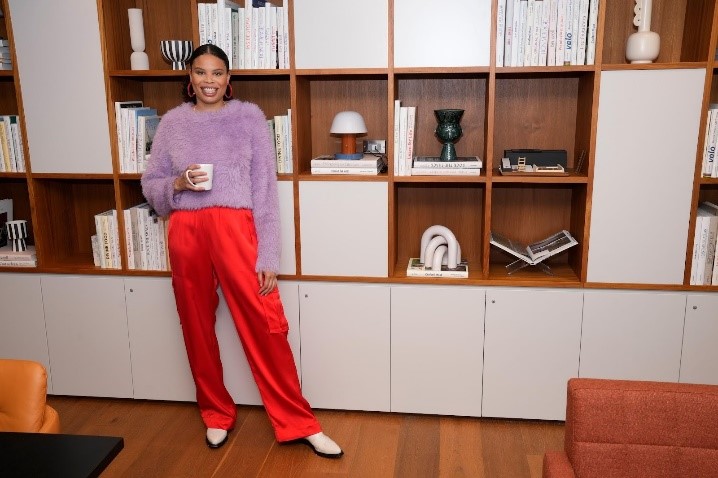In the United States, one survey has discerned four fashionistic styles emerging among the 18+ year-old respondents.
In a survey of 1,000 US workers in Aug 2023 enjoying hybrid-work arrangements, about their current and future fashion trends, what they wear in a hybrid office environment, and how their fashion preferences have evolved, three major trends were observed from the data.
First, 79% indicated that they dressed differently as a result of their flexible work schedules. Male respondents were changing their wardrobes attitudes more than the females: 85% vs 77%. Comfort was the key driver indicated: 53% of respondents sought clothing for ease as they toggled between professional and personal tasks in a flexible work setting; 35% blended casual and formal elements of clothing; while 21% indicated they looked “dressed up” more now than before going hybrid.

Second, while 52% of respondents indicated spending US$250 – US$1,500 annually on work clothing before the COVID-19 pandemic, there was a slight increase to 54% at the time of the survey.
Third, 69% of respondents indicating believing that what they wore to work reflected the title and level of role within their organization’s hybrid work hierarchy. Millennials are quick to adapt to new attitudes, with 86% revamping their office-wear choices, following by Gen X (77%), Gen Z (74%) and boomers (51%).
Other findings
The survey, commissioned by International Workplace Group (IWG), also showed other trends:
In-office attire continued to be slightly more formal home attire. Depending on seasonal/geographical climate/cultural dictates and corporate guidelines, the differences were:
| In the Office | At Home | |
|---|---|---|
| Tees | 66% | 81% |
| Hoodies | 50% | 73% |
| Sweatpants or Leggings | 51% | 74% |
| Shorts | 49% | 76% |
| Sheer Details | 44% | 56% |
| Crop Tops (bare midriffs) | 37% | 58% |
| Distressed or Ripped Jeans | 42% | 63% |
| No Pants (trend) | 31% | 44% |
| Suits | 79% | 69% |
| Blazers | 75% | 67% |
Four US-centric fashion trends were identified among the respondents:
- “Quiet luxury” (47% or respondents): Represented by sleek clothes and accessories and a less-is-more approach that places value on design, fabrication, and wearability
- “Dopamine dressing” (38%): Featuring bold colors and rich textures reflecting post-pandemic optimism and joyful dressing both in and out of the office
- “Preppy streetwear” (25%): Fusing refined elements with urban casual aesthetics, the trend symbolizes a departure from rigid conventions, and celebrates the melding of diverse influences to create a distinct, contemporary identity
- “Individualism” (22%): Characterized by non-stereotypical fashion norms, self-expression and the reflecting the same freedom of how and where the Gen Z work—but in their dress sense
